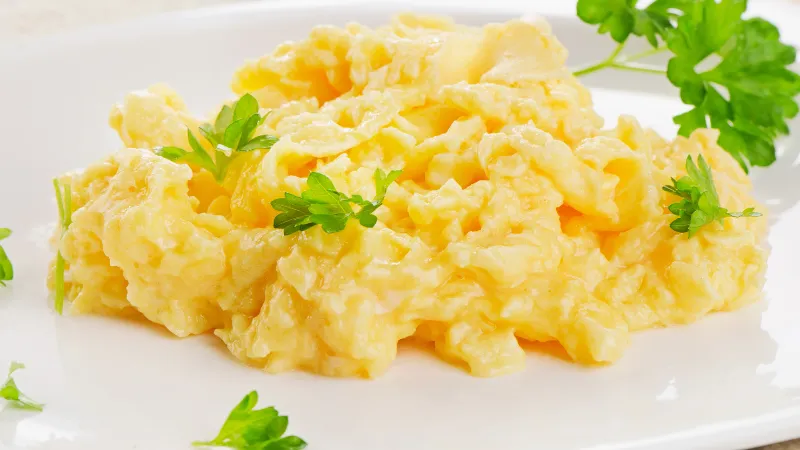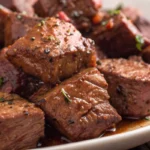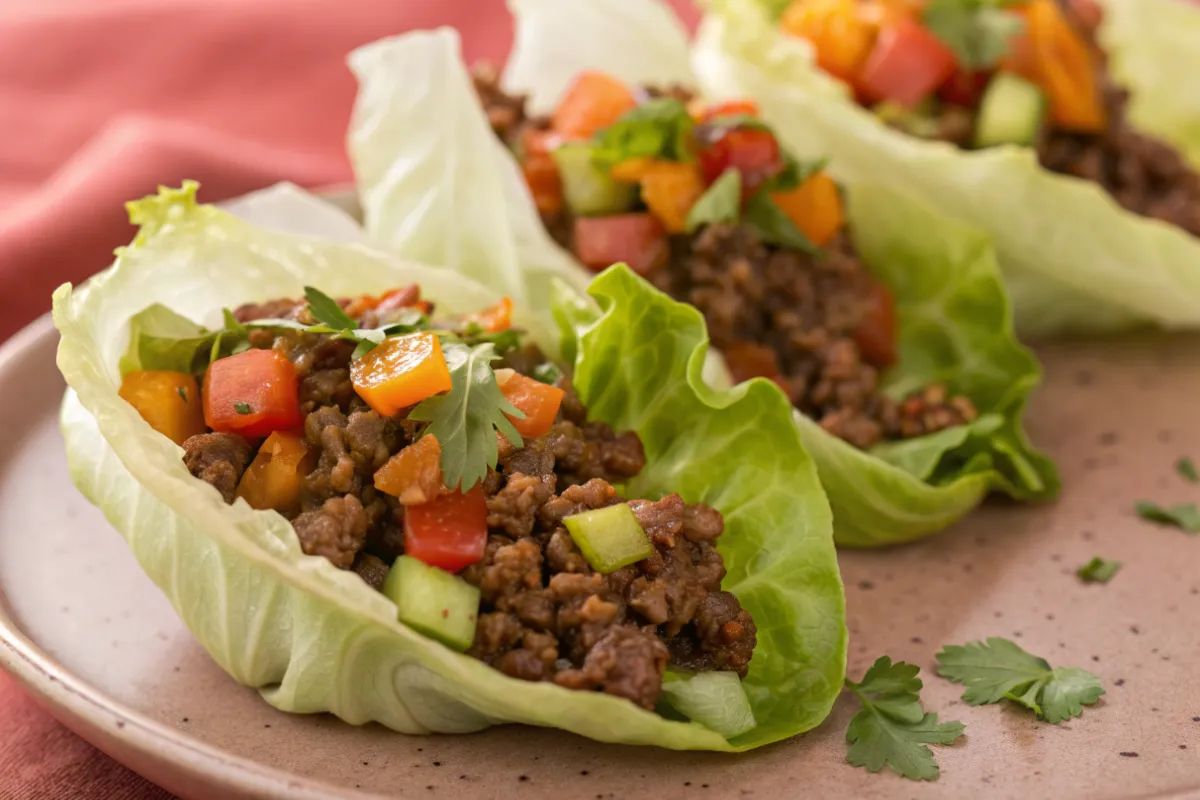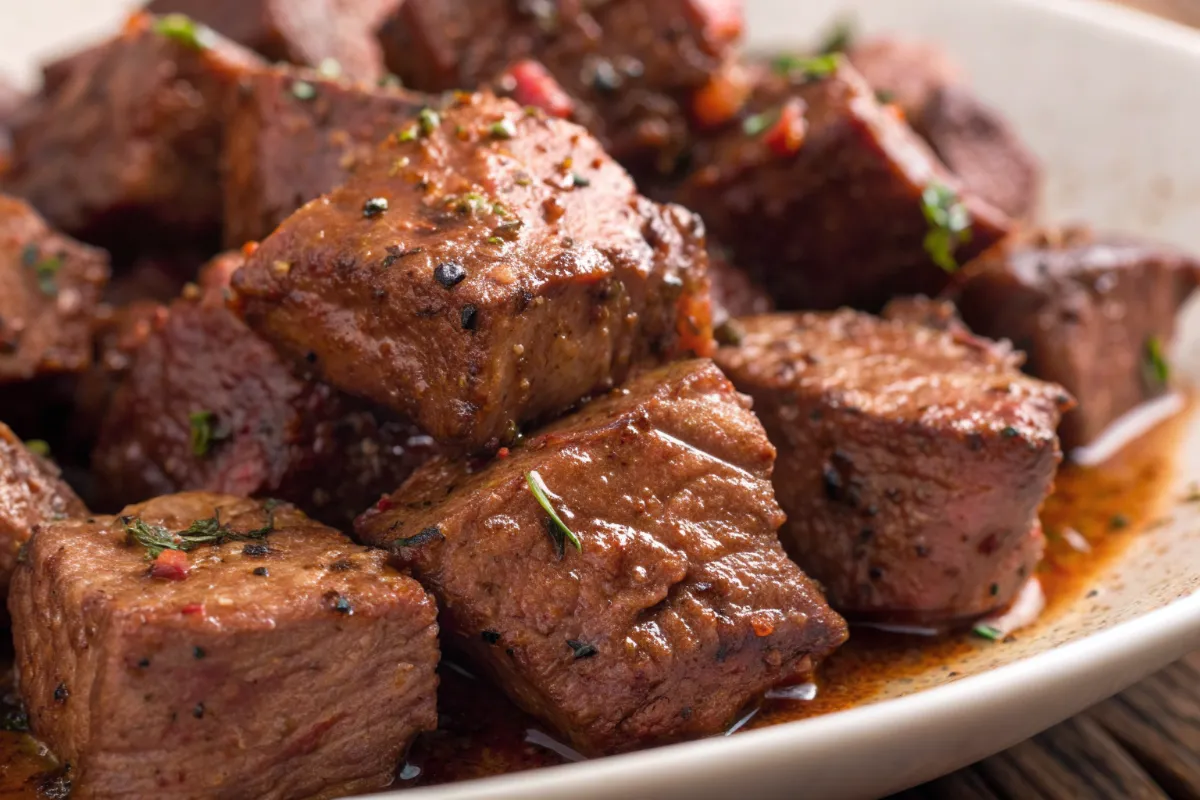Scrambled eggs may seem simple, but achieving the perfect, fluffy texture can be a bit of a challenge. Whether you’re cooking breakfast for yourself or serving up a family brunch, mastering this kitchen staple will elevate your morning meals. Today, we’re diving into one specific kitchen tip that will help you make perfectly fluffy scrambled eggs that are consistently soft, creamy, and delicious.

The Tip and the Secret to perfectly fluffy scrambled eggs: Low and Slow Cooking
One of the most common mistakes when making scrambled eggs is cooking them over high heat. While it might be tempting to speed up the process, doing so often leads to dry, rubbery eggs. The secret to making scrambled eggs that are airy, tender, and flavorful is to cook them over low heat and take your time. Let’s break down how this works and why it makes such a big difference.
Why Low Heat Matters
- Texture Control: When eggs are exposed to high heat, the proteins in the egg whites and yolks coagulate too quickly, causing the eggs to become rubbery. Cooking over low heat allows the eggs to cook slowly and evenly, giving you more control over the texture. You can gently stir the eggs, creating smaller, more delicate curds that make the scrambled eggs fluffy and soft.
- Moisture Retention: Cooking at a lower temperature ensures that the eggs don’t lose their moisture too quickly. High heat causes water in the eggs to evaporate rapidly, leading to dry, grainy results. Keeping the heat low helps retain the natural moisture, making each bite creamy and smooth.
- Even Cooking: One of the keys to fluffy scrambled eggs is ensuring that they are cooked evenly throughout. Low heat prevents the eggs from developing hot spots that can cause uneven cooking. Instead, the eggs gently set, resulting in a soft, silky texture.
Step-by-Step Guide to Perfectly fluffy Scrambled Eggs
Ingredients:
- 4 large eggs
- 1 tablespoon of butter or a splash of olive oil
- Salt and pepper to taste
- Optional: a splash of milk or cream for extra creaminess
Instructions:
- Crack and Whisk: Start by cracking your eggs into a bowl. Use a fork or whisk to beat the eggs until the yolks and whites are fully combined. Whisking also adds air to the eggs, which helps to make them fluffy.
- Heat the Pan: Place a non-stick pan over low heat. Add a tablespoon of butter or a splash of olive oil. Let the butter melt gently, ensuring it doesn’t brown.
- Add the Eggs: Pour the beaten eggs into the pan. Do not stir immediately. Allow the eggs to sit undisturbed for a few moments.
- Stir Gently: Using a spatula, gently stir the eggs, pushing from the edges of the pan towards the center. Keep the movements slow and steady, folding the eggs rather than vigorously stirring them.
- Remove from Heat Early: The eggs will continue to cook even after you remove them from the heat, so take them off when they are still slightly runny. This ensures that they remain soft and creamy by the time they are ready to serve.
- Season and Serve: Add a pinch of salt and pepper to taste. Serve immediately with your favorite breakfast sides.
Extra Tips for Fluffier Scrambled Eggs
- Add a Splash of Milk or Cream: Adding a little liquid can help to lighten the eggs and make them creamier. For an even richer flavor, try adding a splash of half-and-half or heavy cream.
- Whisk Thoroughly: Whisking the eggs well before cooking adds air, which contributes to the fluffiness. The more you whisk, the lighter the eggs will be.
- Use a Non-Stick Pan: A good non-stick pan is essential for even cooking and easy cleanup. It allows the eggs to glide smoothly, preventing them from sticking and tearing.
- Avoid Overcooking: Eggs continue to cook from residual heat even after they’re off the stove. Make sure to take them off the heat slightly earlier than you think to keep them from becoming dry.
Achieving perfectly fluffy scrambled eggs is all about patience and technique. By cooking your eggs slowly over low heat, you’re giving them a chance to cook evenly, retain moisture, and develop that soft, creamy texture everyone loves. So next time you’re in the kitchen, turn down the heat and let your eggs take their time. You’ll be rewarded with a plate of scrambled eggs that are light, fluffy, and absolutely delicious.
By following this tip and using a bit of patience, you’ll never have to worry about rubbery, overcooked eggs again. Give it a try, and enjoy restaurant-quality scrambled eggs in your own kitchen.
If you are looking for recipes that include eggs, we invite you to try Salmon Loaf Recipe with Mayonnaise and the Loco Moco Recipe!










Leave a Reply